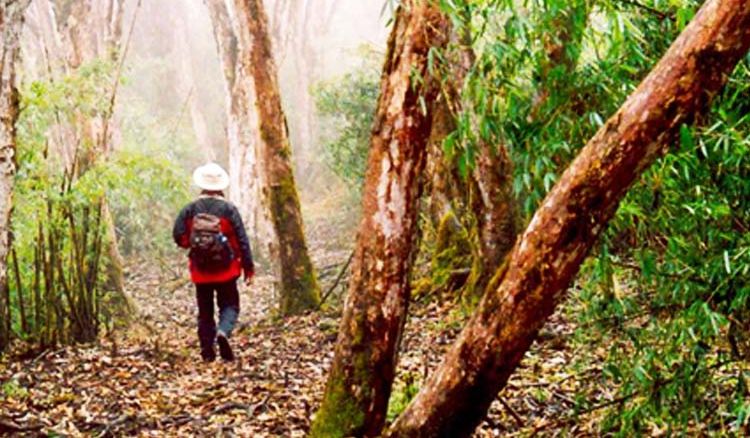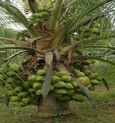A relatively obscured national park inhabited by diverse flora and fauna, Neora Valley is a calm and serene reserve area of Eastern Himalaya. The national park present opportunities for witnessing the magnificent wildlife like Red Panda, Clouded Leopard, Himalayan Thar, Royal Bengal Tiger and a number of such endangered animals. The forest has been crisscrossed by mountain streams, and the name of the valley has been given after the river Neora flowing through it.
This particular forested land on a hilly terrain was earmarked as a National Park in 1986. The park is a compact patch of virgin forest, a global ‘biodiversity hotspot’ and exhibits a rich variety of habitats. Here the altitude of the park varies from 183m to 3200m, the highest point being near Sikkim border in the North. Apart from the various species of animals, different types of orchid flowers can also be witnessed in its deep forests. An abundance of Sal trees, Ferns and Bamboo groves can be found in the park. Different varieties of colorful Rhododendrons bloom in full during spring and summer. Hemlocks, yews and wild Strawberries also constitute the forest vegetation.
Tourists, on the lookout for adventure, would love to try something different and can try walking on the hilly trails around the villages. However, if escapade is the main agenda behind planning a trip to Neora Valley National Park, then October to April is ideal for visiting this park though day visits are open to tourists from 16th September to 15th June. The duration from October to December is great for mountain views while spring (March to April) is the time for blossoming flowers. The ideal time for ornithologists is between December to March, to study different birds. And a six days trek through the forests including Samsing – Bhote Ghar – Thusum – Rechela – Alubari – Lava will be sufficient to sate the desire of one’s adventure freak soul.
 বাংলায় পড়ুন
বাংলায় পড়ুন














